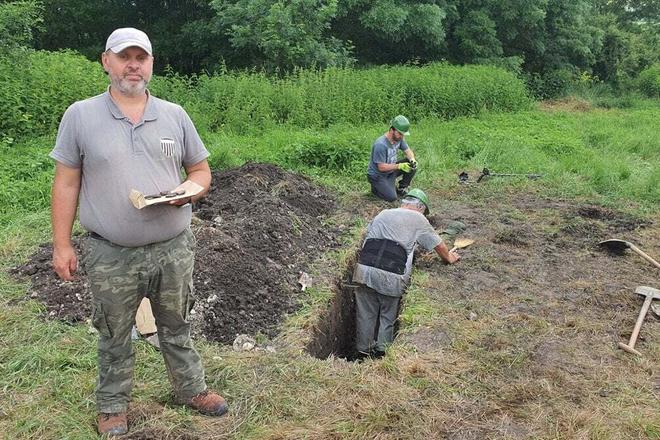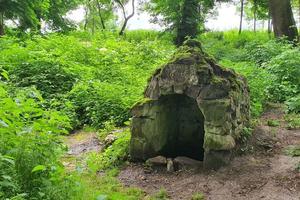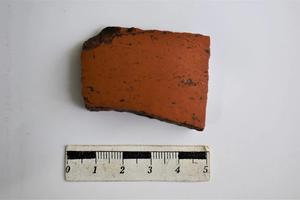Several interesting finds were discovered during the archaeological research in the Barát Kút area near Rimavská Sobota, which is being conducted these days under the guidance of the archaeologist of the Gemersko-Malohontské Museum, Alexander Botoš.
Barát Kút, or Mníchova Studňa (Monk's Well) in Slovak, is just an island of massive trees in the surrounding fields near the Kurinec recreation area.
At first glance, there is no indication that this forgotten and peaceful corner of the world was ever anything special.
Yet it is a location that has been demonstrably settled repeatedly by people over the past millennia, and life has pulsated here for long periods.
Prior to the actual archaeological research the site was investigated by geophysical measurement.
"It indicated certain artefacts. The aim of the archaeological research was to identify and verify the function of these objects," explained Botoš.
They dug several probes in the location, but no artefacts were confirmed in them.
"During the archaeological research, we discovered a cultural layer with ceramic finds from the Bronze Age and early Middle Ages. More findings can emerge via large-scale archaeological research," Botoš added.
There could be some sunken buildings or cottages, either from the Bronze Age, or from the Early or High Middle Ages.
"Even on the basis of the findings so far, we can say that there was a settlement in the Bronze Age, the Early Middle Ages, as well as a defunct settlement in the Late Middle Ages," the archaeologist said.
Interesting finds and remains of the pond
The fact that researchers haven't found the walls doesn't mean anything.
The site is quite large and may hide many secrets.
"It is a very favourable location for settlements. In addition to the source of water, it is the terrace of the Rimava River, on which it lies, and such terraces were very suitable for settlement," said the archaeologist. He adds that thanks to surface collection and archaeological probes, the already mentioned settlement from the Bronze Age and the Early Middle Ages has been proven in the area, i.e. roughly 9th to 11th centuries.
"We also discovered typical shards decorated with a wavy line, pottery typical of the Slavs. We also found the iron tip of an arrow tipped with a thorn," Botoš elaborated.

In historical terms, the most significant find is a shard of Roman-provincial pottery, i.e. approximately 3rd-4th century.
"The first find of such ceramics in the cadastral territory of Rimavská Sobota," Botoš emphasised.
According to him, the next settlement of the locality was in the late Middle Ages, i.e. approximately from the 13th to the 15th century, also documented by ceramic finds.
"The last proven period of this location's settlement is the Early Modern Age, i.e. the 16th and 17th centuries. So the location was very richly populated," he pointed out.
An interesting feature of the location is the dam, a remnant of a former pond.
"It's truly a rarity, the entire dam has been preserved here, including the outlet. The pond had a rectangular plan. We don't know from which period it comes, because research has not been done, but it cannot be ruled out that it comes from the Middle Ages. That's why there were also considerations about the existence of a farmyard that belonged to the Benedictine monastery in Rimavské Janovce," the archaeologist stated.
©My Novohrad

 Barát Kút, or Mníchova Studňa (Monk's Well) in Slovak, is just an island of massive trees in the surrounding fields near the Kurinec recreation area. (source: Branislav Caban)
Barát Kút, or Mníchova Studňa (Monk's Well) in Slovak, is just an island of massive trees in the surrounding fields near the Kurinec recreation area. (source: Branislav Caban)


